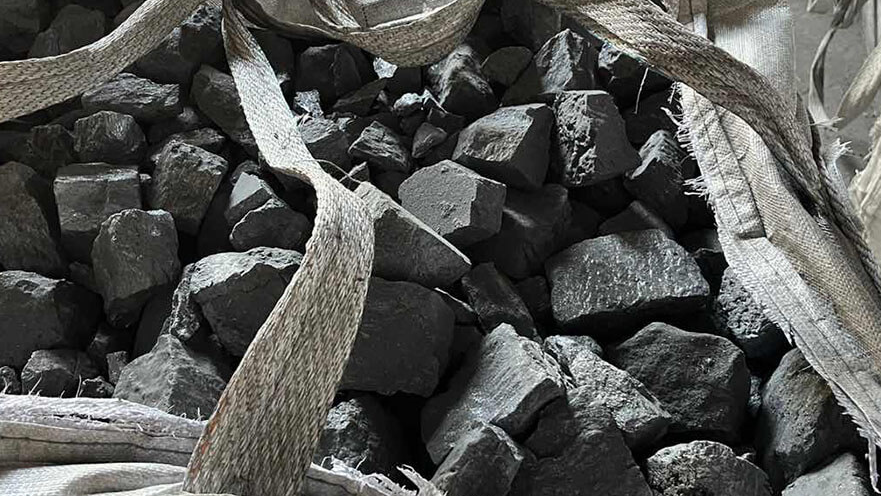Which Should Contact Molten Iron First: Nodulizer or Inoculant?
2025-01-20 16:33:48 hits:0

In foundry production, the use of nodulizers and inoculants is a critical aspect of controlling the quality of ductile iron. Determining the correct order of their addition can enhance casting quality and optimize production costs. So, which should contact the molten iron first—nodulizer or inoculant?
The Role and Timing of Nodulizers
Nodulizers are primarily used to ensure that the graphite in cast iron precipitates in spherical forms, thereby improving the mechanical properties of castings, such as tensile strength and toughness. Nodulizers typically contain active elements like rare earths and magnesium, which undergo complex chemical reactions when they contact molten iron.
Generally, nodulizers should contact the molten iron first for the following reasons:
- Ensures Spheroidization Efficiency: Nodulization reactions require higher temperatures, which are present when the molten iron is freshly tapped from the furnace. Adding the nodulizer at this stage ensures complete reactions.
- Minimizes Reaction Interference: If inoculants are added first, their reaction products could interfere with the efficiency of nodulization, resulting in inconsistent outcomes.
- Longer Reaction Time: Nodulization reactions take longer to complete, while inoculation reactions are relatively quicker. Reversing the order could lead to compositional inconsistencies in the molten iron.
The Role and Timing of Inoculants
Inoculants improve the structural quality of castings by refining grains and preventing the formation of a white iron structure in the molten iron. Inoculants are typically added after the nodulizer since their main role is to promote graphite formation and improve microstructure under relatively less demanding conditions.
Advantages of Adding Inoculants Later:
- Enhances Graphitization: The inoculation reaction complements spheroidization and prevents rapid cooling from forming undesirable structures like white iron.
- Lower Temperature Requirement: Inoculation requires lower molten iron temperatures compared to nodulization, making it suitable for the post-nodulization stage.
- Reduces Waste: If inoculants are added too early, the high temperature may cause premature reactions or reduced effectiveness, leading to waste.
Optimized Sequence in Practice
In industrial production, the following sequence is commonly used to maximize efficiency:
- Add Nodulizer First: As soon as the molten iron is tapped, add the nodulizer and stir to ensure complete reactions.
- Add Inoculant Later: Once nodulization is complete and the temperature is appropriate, add the inoculant to refine the microstructure.
- Control Temperature and Timing: Strict control over the molten iron’s temperature and the quantity of additives is crucial for ensuring high-quality castings.
Conclusion
The order in which nodulizers and inoculants contact molten iron is critical for producing high-quality ductile iron. Nodulizers should be added first to ensure the spheroidization reaction is thorough, followed by the addition of inoculants to enhance structural properties. Proper sequencing not only improves the mechanical performance of castings but also reduces production costs and waste rates.
For specific production challenges, consider adjusting process parameters based on the composition of the molten iron, temperature, and casting design requirements to achieve the best results.

 en
en  fra
fra  de
de  ru
ru  gle
gle  th
th  ara
ara  it
it  jp
jp  kor
kor  zh
zh 


